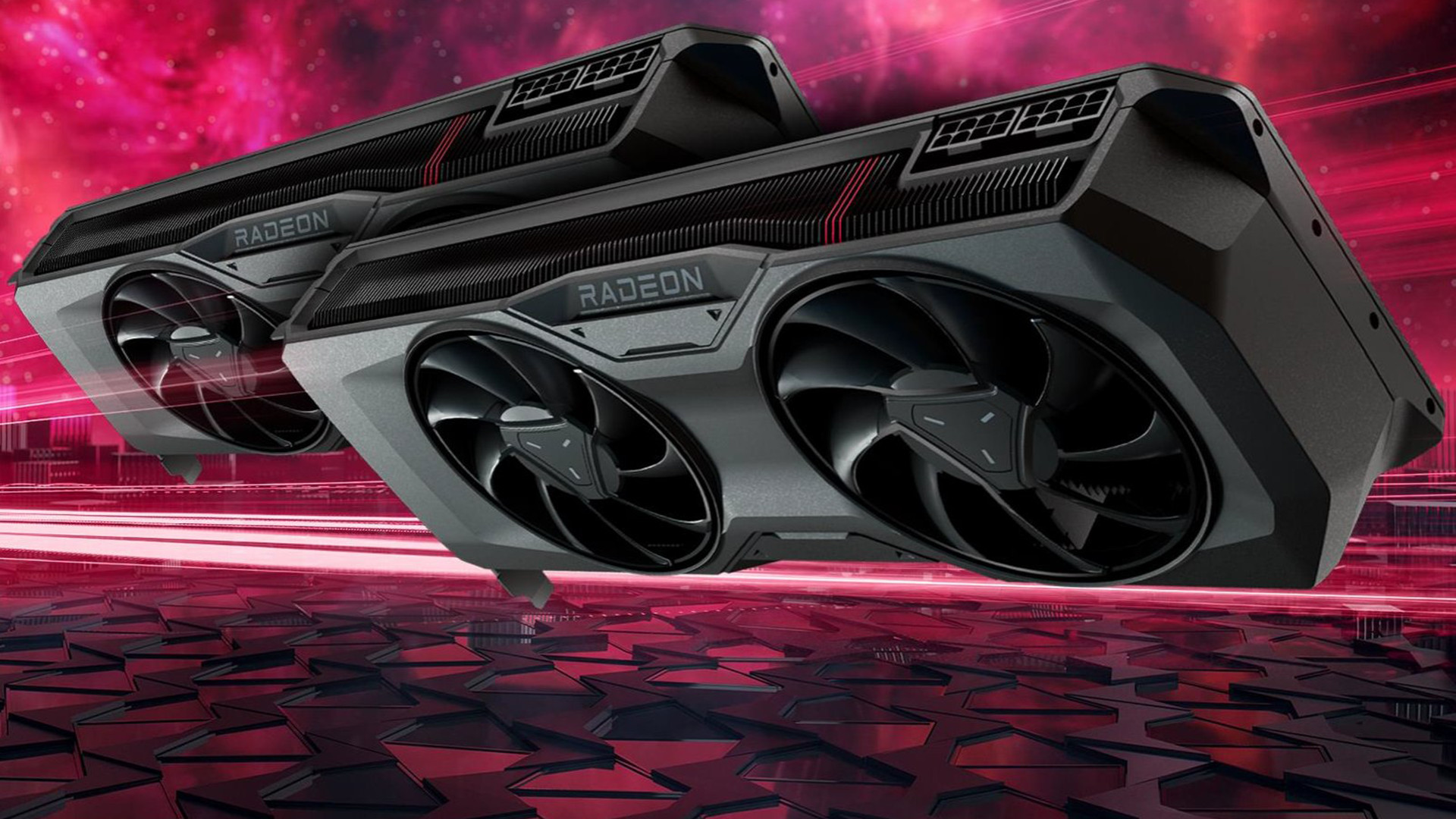AMD has a new trick to make games run smoother – but only for RX 7000 GPUs
And no, it’s not FSR 3 – Fluid Motion Frames tech is now available in beta

All the focus has been on FSR 3 launching yesterday (finally), but AMD has also implemented a separate Fluid Motion Frame feature at a driver level, which aims to boost frame rates considerably using frame generation tech.
What’s the difference between these technologies? We’ll come back to that in a moment, but the key thing to know about AMD’s Fluid Motion Frame (AFMF) tech is that as it’s a driver capability, it can be applied to games without the developer having to incorporate support (as is necessary with FSR 3).
What does it do? AFMF literally sticks in extra frames (engages in frame generation) for the game to increase the frames per second (fps) count. The result is an artificially smoother experience for the frame rate.
As VideoCardz reports, there are some initial catches. Firstly, AFMF is still in beta, only having been released in AMD’s Adrenalin preview driver, and it officially supports 12 games right now (including Starfield – check out the full list below).
- A Plague Tale – Requiem
- Borderlands 3
- Control
- Dead Space
- Deep Rock Galactic
- Dying Light 2
- Far Cry
- Ghostwire: Tokyo
- Hitman 3
- Hogwarts Legacy
- Horizon Zero Dawn
- Metro Exodus Enhanced Edition
- Red Dead Redemption 2
- Resident Evil 3
- Resident Evil 4
- Shadow of the Tomb Raider
- Star Wars Jedi: Survivor
- Starfield
- The Last of Us Part 1
- The Witcher 3: Wild Hunt
As well as those caveats, also bear in mind this feature is only available for AMD’s current-gen (RX 7000 family) graphics cards.
Analysis: An exciting new world of smoother gaming – with some catches
So, where is the line drawn between FSR 3 and AFMF? Well, the latter is frame generation on the driver side, and an advanced form of that is included in FSR 3 (along with its upscaling chops and so forth).
You can basically think of it as FSR 3 gets fancy frame generation (which is also in Nvidia DLSS 3, of course) plus more besides, whereas AFMF provides a dumbed-down version of it – but with the considerable plus point that it’s available with a lot wider support.
Sign up for breaking news, reviews, opinion, top tech deals, and more.
It’ll be applicable to a whole host of games, then, but AFMF won’t be nearly as good as FSR 3 and its frame generation quality (of course, or FSR 3 would be rather redundant). The other thing to remember is that AFMF will of course be exclusive to AMD Radeon GPUs as it’s in the Adrenalin driver, and as mentioned, it’s RDNA 3 graphics cards-only to kick off.
Eventually, we may see it come to more of the GPUs on our list of AMD’s best graphics cards, and we can certainly hope that the RX 6000 family will be catered for.
While a dozen games are officially supported as mentioned, as AMD makes clear, you can enable AFMF for any DX11 or DX12 game using the per-app settings in the Adrenalin software.
With this still being the early stages of AFMF, though, the results are likely to be unpredictable.
AMD throws in a bunch of caveats for those who will be experimenting with AFMF, and that includes the fact that: “AFMF can introduce additional latency in games and is recommended to be combined with AMD Radeon Anti-Lag/Anti-Lag+ for the optimal experience.”
Team Red adds that: “As AFMF may introduce additional latency in games, AFMF may not offer the optimal experience in fast-paced competitive titles.”
Right now, you’ll need to play full-screen to use AFMF as well, with no HDR, and V-Sync disabled, and ideally, FreeSync is recommended for the best experience with this frame rate generation tech, too.
You might also like
Darren is a freelancer writing news and features for TechRadar (and occasionally T3) across a broad range of computing topics including CPUs, GPUs, various other hardware, VPNs, antivirus and more. He has written about tech for the best part of three decades, and writes books in his spare time (his debut novel - 'I Know What You Did Last Supper' - was published by Hachette UK in 2013).